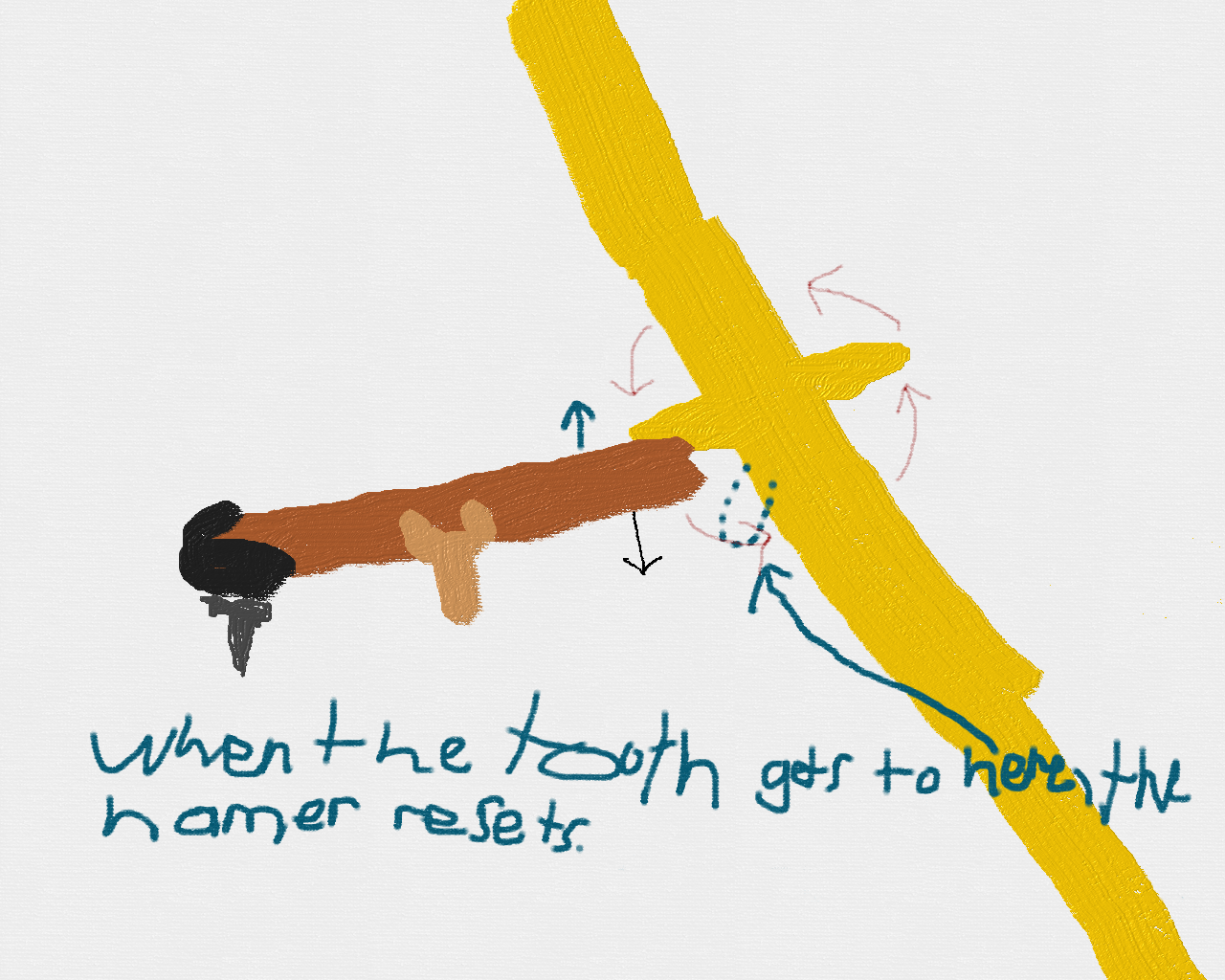Introduction
This essay is divided into three parts. Part one: How the Christian monks helped preserve and restore civilization after the Roman Empire collapsed and some inventions that they used to do so. Part two: a summary of the inventions I learned about in the past week. And lastly, part three: My favorite lesson in the past week.
Part one: How the Christian monks helped preserve and restore civilization after the Roman Empire collapsed and some inventions that they used to do so.
The monks showed people new ways to farm different crops. They showed people how to rear cattle and horses. The monks also introduced raising bees and growing fruit. The corn trade in Sweden was created by the monks. In other countries, it was things like cheese making, fishing salmon, or better vineyards (where the grow grapes for wine). The monks used water power for many thing such as crushing wheat, fulling cloth and more. The monks mined many thing such as salt or iron. The monks also used a furnace to extract iron from ore (a type of rock containing metals). The monks also helped keep thing like bridges and roads up and running. They used things like water wheels, cranks, shafts, and gears. All of the things that I have listed are things that helped preserve and restore civilization after the Roman Empire collapsed.
Part two: a summary of the inventions I learned about in the past week.
Below are what I have studied in the last week. Then I will go through each one on its own.
Lesson 16: Gears
Lesson 17: Water Wheels
Lesson 18: Crank and Connecting Rod
Lesson 19: Cams
- Lesson 16: gears: Gears are a wheel with teeth. A gear can transfer energy by rotating the gear. Gear teeth mesh, and move energy to the next gear.
- Lesson 17: Water wheels: Water wheels are tools used to harness water power in a circular motion. You can use other tools such as the crank and connecting rod, gears, cams, and plain old rods. The power can be used for things like the monks used such as: crushing wheat, fulling cloth etc.
- Lesson 18: the crank and connecting rod: There is one simple things that the crank and connecting rod can do. It is to convert circular motion into linear motion (up and down motion). Below is a video my teacher posted (not made) on my school lesson.
- Lesson 19: Cams: Cams are pretty much just a rod with teeth. Below I have a drawing that shows how a cam works.

Part three: My favorite lesson in the past week.
My favorite lesson in the past week was lesson #18. I liked learning about the Crank and Connecting Rod. I didn’t know that circular motion could be converted into linear motion. You could crank a crank and get sawing.